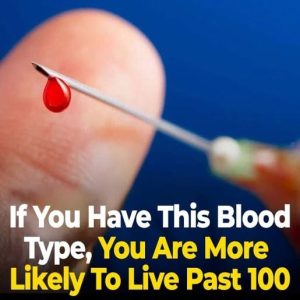It often begins with a single coarse hair on the chin. You pluck it, but “then another appears… and another.” For many women, these whiskers can be more than a cosmetic issue—they might reflect hormonal or genetic factors.
Facial hair growth follows three phases—anagen (growth), catagen (transition), and telogen (rest). Androgens like testosterone influence this cycle; when levels fluctuate or hair follicles become more sensitive, chin hair becomes noticeable. “Genetics also influence hair patterns, often running in families.”
Hormonal changes during PCOS, menopause, or pregnancy can trigger facial hair. Certain medications and birth control pills may also play a role. Rapid or unusual growth, especially with acne or menstrual changes, can signal conditions like thyroid disorders, adrenal issues, or tumors—making medical advice important.
Family heritage matters too—“Women of Mediterranean, Middle Eastern, or South Asian descent often have thicker, darker chin hair,” which is usually harmless.
Beyond biology, chin hair often affects confidence and mental health. Cultural beauty standards idealize hairless skin, but “body positivity movements are encouraging acceptance and self-love.” For management, temporary options include tweezing, waxing, or shaving, while long-term solutions like laser treatments, electrolysis, or prescription creams offer lasting results.





